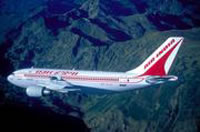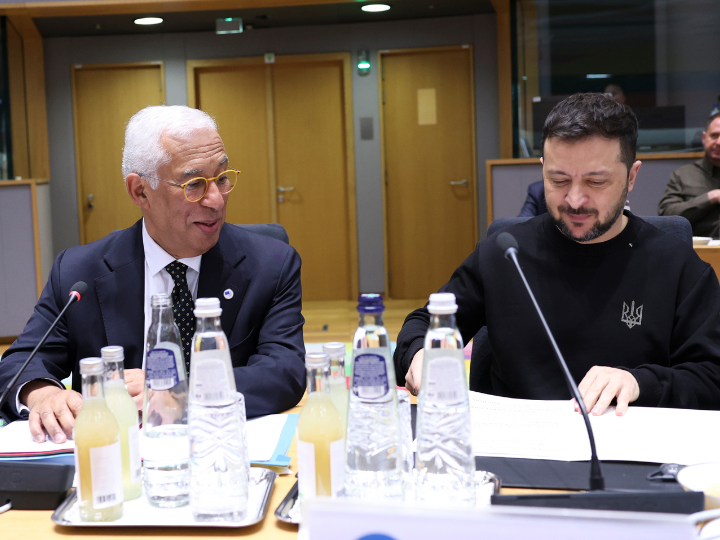The European Commission has launched a 20 billion euro plan to modernise European air traffic control systems.
Growth forecasts for air traffic in Europe show that traffic is set to double by 2025, and even triple in some areas.
But air traffic management systems still rely on technologies developed some 50 years ago, with control functions divided along national lines.
While cockpits are becoming increasingly automated, controllers and pilots still communicate by radio using VHF frequencies.
The new system will cut down on airplane noise and pollution while stepping up air safety, the commission promises.
The new initiative, named Sesar, is funded by the EU's long-term science and research budget, the European Organisation for the Safety of Air Navigation (Eurocontrol) and private industry.
In the first phase of the plan (2005-2007) a road map will be set up.
The second phase (2008-2013), will focus on systems design and producing the key systems components before the third and final deployment phase (2014-2020).
The project is shared between Eurocontrol which has 35 European member states and the Sesar Consortium, which comprises 30 of Europe's leading airspace users, airlines, air navigation service providers, airports and manufacturing industry.
EU transport commissioner Jacques Barrot said he aims at having the new air traffic scheme attached to Galileo, the EU's satellite navigation program.




 By: N. Peter Kramer
By: N. Peter Kramer
